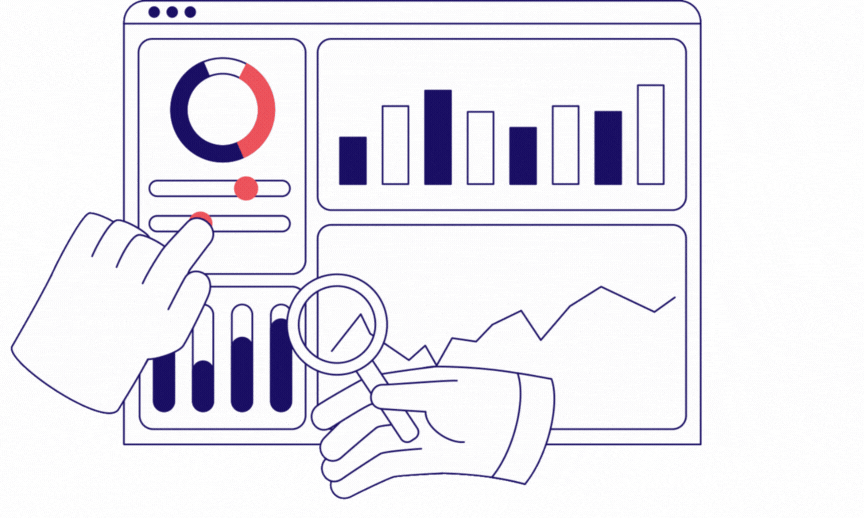Tracking performance
Demystifying Decision Science

Akshay Swaminathan
PD Soros Fellow at Stanford University School of Medicine
Model performance
Different models, different strengths
- One model is better at identifying who is likely to default
- The other is better at estimating how much they might default by

Which model is better? It depends on the goal
- Do you care more about flagging risky customers
- Or estimating the financial impact of default
Model metrics
Different metrics shine a light on different aspects of performance
Commonly used evaluation metrics:
- Accuracy
- Precision
- Recall
- F1-Score
- Area Under the Curve (AUC)
- Mean Absolute Error (MAE)
- Mean Absolute Percent Error (MAPE)

Accuracy
Broad overview of correctness
- Measures the percentage of all predictions the model got right
- Works well when classes are balanced, like
spamvsnot spam

Precision
How many predicted positives are actually correct
- Important when false positives are costly
- Low precision = flagging many legitimate transactions as
fraudulent

More metrics
Recall: catch the true positives
- Measures how well the model finds actual positives
- Important when missing a case has high cost (e.g., fraud, disease)
Area under the curve (AUC): measure of class separation
- Evaluates how well the model distinguishes classes
- Not tied to a specific threshold
Regression metrics: measuring prediction error
- Mean Absolute Error (MAE): average size of prediction errors
- Mean Percentage Error (MPE): how far off predictions are in percentage terms

Dashboards are critical
Dashboards transform complex analyses into clear, actionable insights, making it easier to drive decisions.

Basic principles
Know your audience
- Executives want summaries
- Analysts need detail
Highlight key metrics
- Show only what matters most
- Avoid clutter and noise
Use clear visualizations
- Bar charts for comparisons, line charts for trends over time
- Simple visuals often work best

More principles
Track change over time
- Monitor model performance and feature drift
- Trends give context to metrics
Add context, not just numbers
- Use brief annotations to explain key shifts
- Help users understand what’s happening and why
Test and iterate
- Share early and gather feedback
- Update dashboards as models and needs evolve

Let's practice!
Demystifying Decision Science

